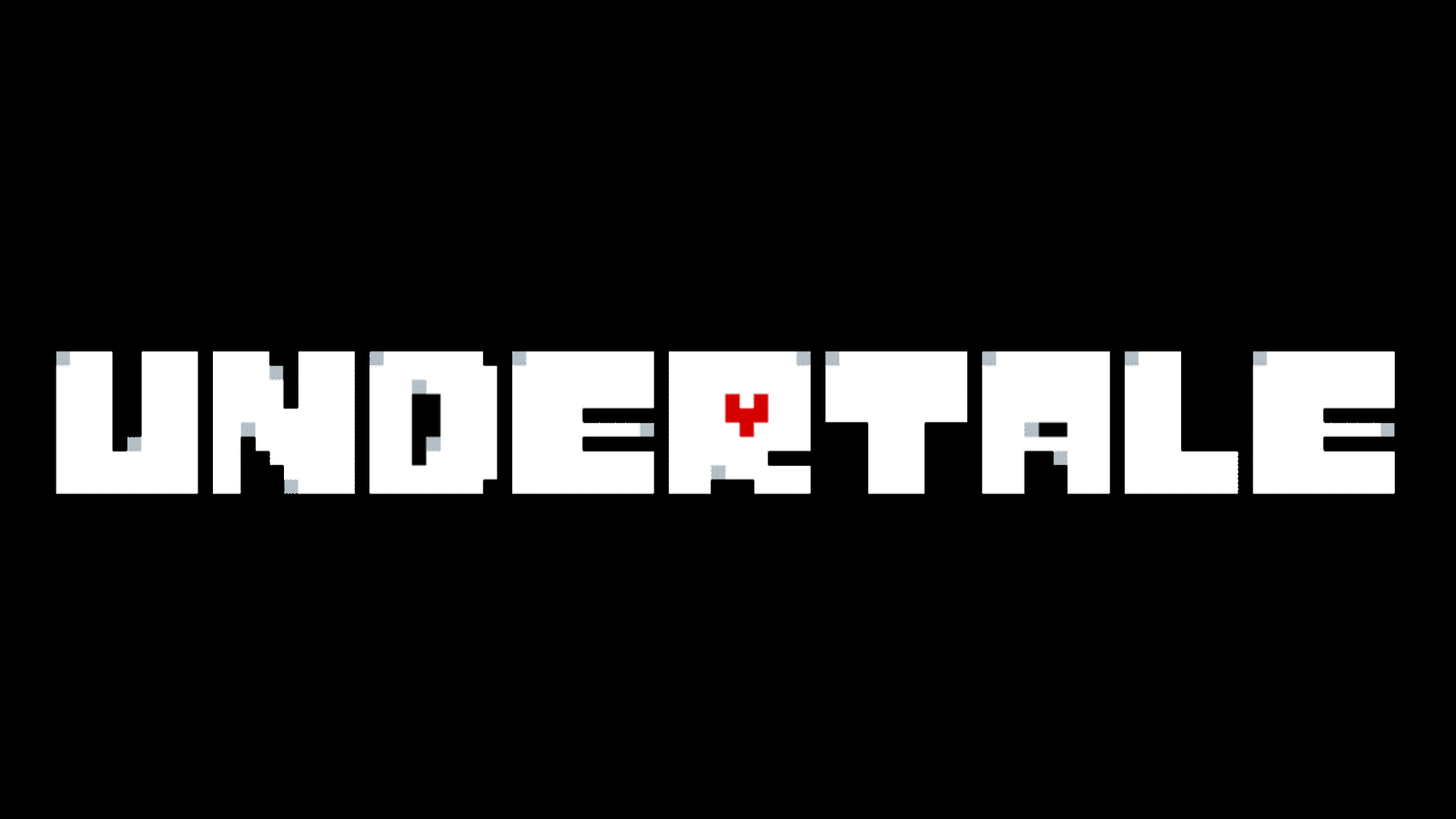
Undertale is truly a product of its time. Crowd-funded and created almost entirely by a single person in one of the most simple game engines available, this Earthbound-inspired RPG went on to be a smash hit back in 2015 – and has maintained relevance since, even making an appearance in Super Smash Bros. Ultimate.
It’s most well known for a changing story based on the actions of the player, sort of like those Choose Your Own Adventure books. There can be up to 93 different endings depending on what you do. However, there are three main “routes” to take which make up the majority of the differences. For the sake of this review, I played through the game 3 separate times to take each route, and will thus be dedicating each its own section after I cover the common aspects. Let’s get started!
Setting
The basic setting is the same for all three routes: you are a child who fell into the Underground, a world below ours full of monsters. On a journey to return to the surface, you will meet many unique faces and puzzles along the way. Much of the writing is humorous – large monsters cracking jokes, acting silly or unexpectedly. However, depending on what you discover or how you behave, you may be met with surprisingly dark turns. But no matter what, trust me that the game will evoke a lot of emotions, good and bad.
Combat
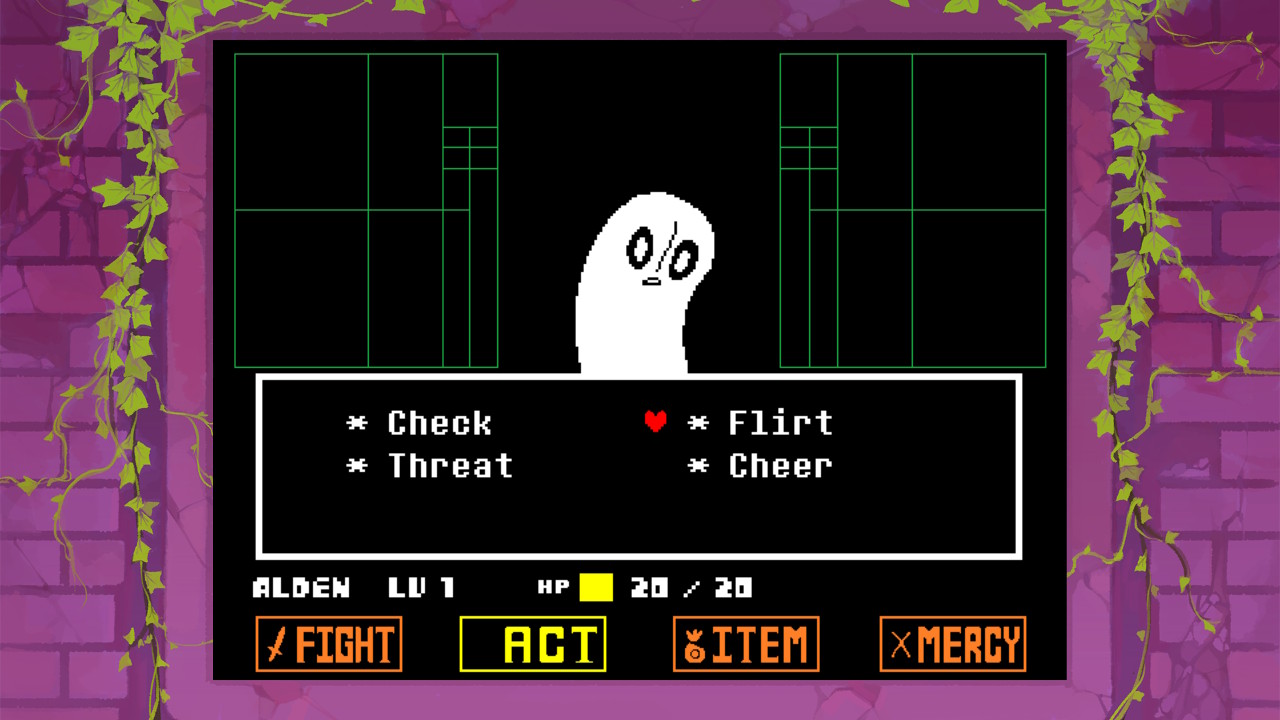
Unlike many turn-based RPGs, you are not forced to fight every monster you encounter. While you can choose to FIGHT, selecting ACT will allow you to perform… well, it depends. It’s based on the enemy itself, and you’re usually given several options. For example, when you’re pitted against “Doggo”, you can pet him. Against Vegetoid, you can select “Talk”, “Devour”, or… “Dinner”. Most of the time these will elicit some sort of reaction from the enemy, and you often don’t know what to expect. It turns the fight into a puzzle, as the enemy will only allow you to spare them after ACTing in the right manner (or enough turns have passed).
Of course, most monsters aren’t going to just sit there while you try to FIGHT or ACT. Toby Fox managed to incorporate “Bullet Hell” gameplay into an RPG, challenging you to avoid a myriad of different projectiles each time an enemy attacks. It works surprisingly well and mixes up the action with a variety of different twists to keep things interesting.
Music
It’s not often that I give music a section of its own, but this game deserves it. Toby Fox is seriously one of the best game composers I know, and Undertale’s soundtrack is truly legendary. It’s chock full of amazing tracks and surpasses what I hear in most AAA games.
Since the graphics are quite simple, it’s really the music that takes front seat during the game’s most cinematic moments. From the ambient Quiet Water to the emotional His Theme or the epic Megalovania, it never fails to turn a good time into a great one.
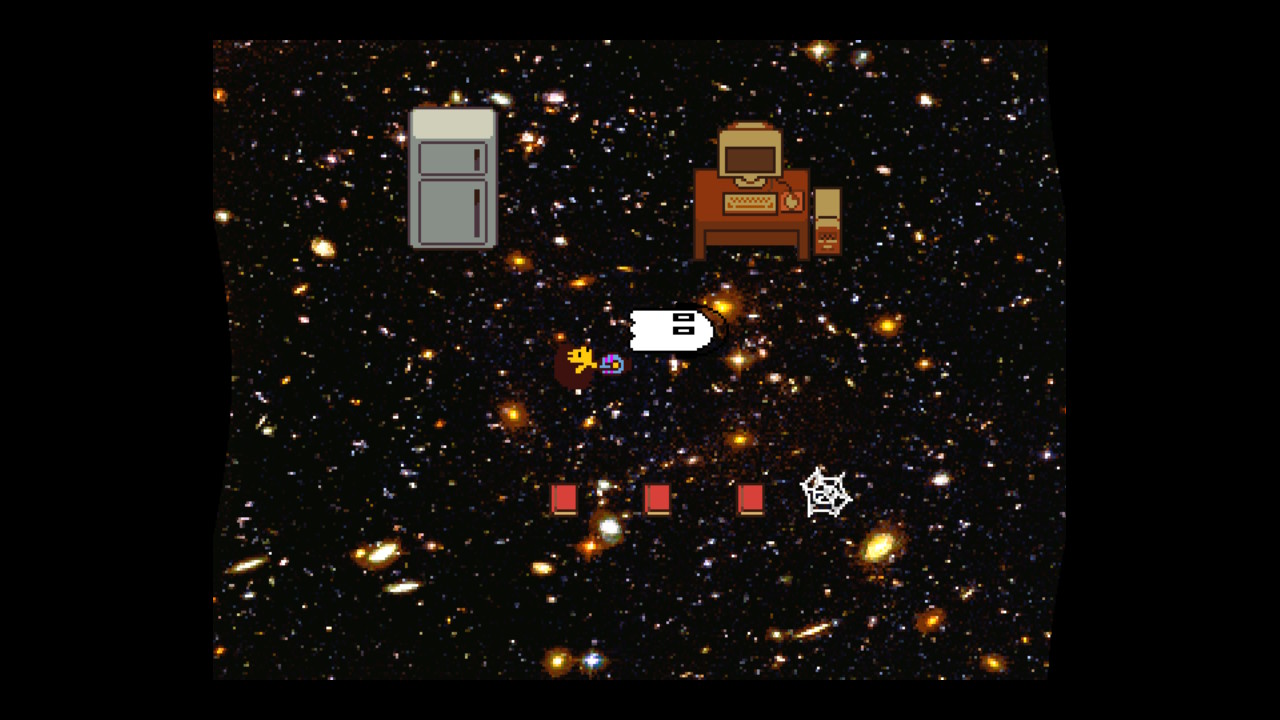
There’s a lot of songs, too – the soundtrack contains over 100 entries, with some only used for one-off gags. Do note you’ll need to play through different routes to encounter them all, but they are easily available to listen to on streaming platforms, which I highly recommend you do. But that’s enough about the music, let’s talk about the different routes!
Neutral route
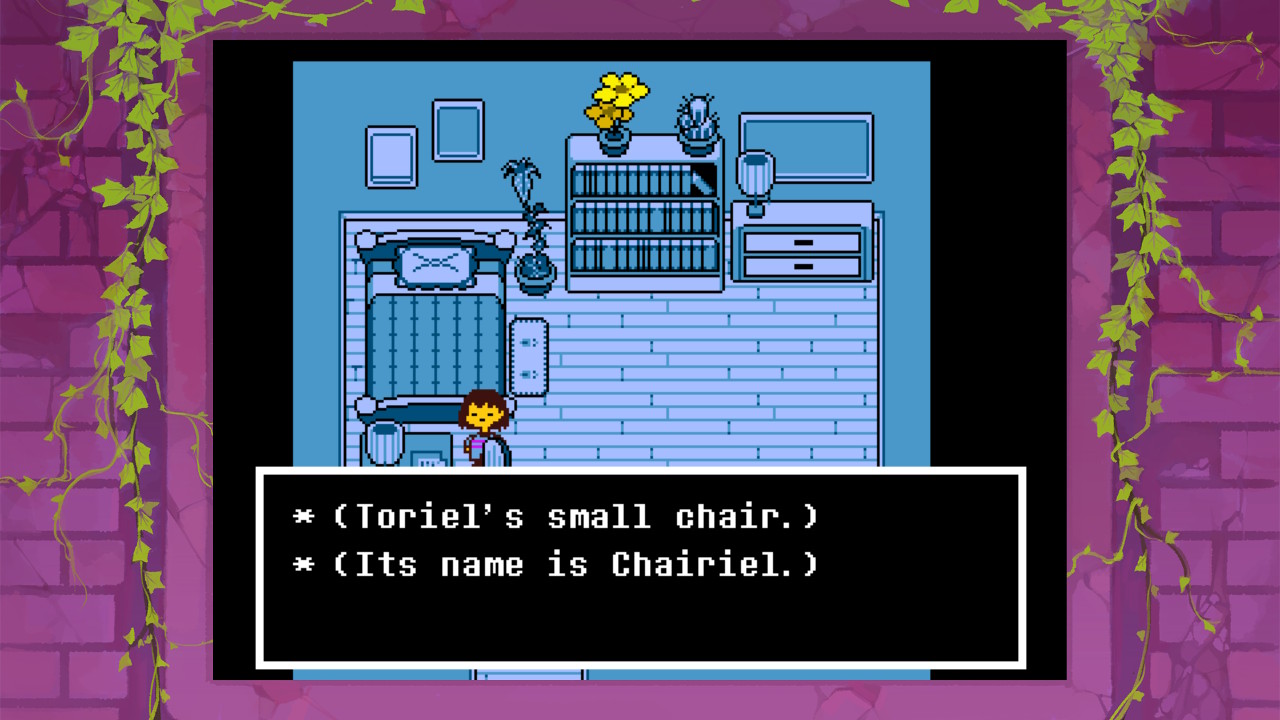
This is the route most commonly taken and the one I’d recommend you start with. This route occurs when the player both spares and kills monsters, meaning you can gain EXP to make yourself stronger, while still showing mercy to the monsters you like. Despite being the least unique route, it still kept me well engaged as I ventured through the funky environments and enjoyed the hilarious writing for the first time. And, as is a recurring theme with all the main routes, the ending makes it worth your time.
Pacifist Route
This is the route I was most looking forward to. Unsurprisingly, you can’t kill any enemies, but there’s a few other requirements you’ll also have to meet for the proper ending. You’d likely do them anyway if you’re just trying to be nice to everyone, but I’d heavily recommend anyone attempting this to google “how to take Undertale pacifist route” just to make sure.
While some monsters will recognize your virtue, most will still try to fight and battles will be tougher as you won’t gain any EXP, never getting stronger. However, being given the opportunity to make relationships with each of them and see their personalities come out makes it more than worth the trouble. Just be prepared to use your head!
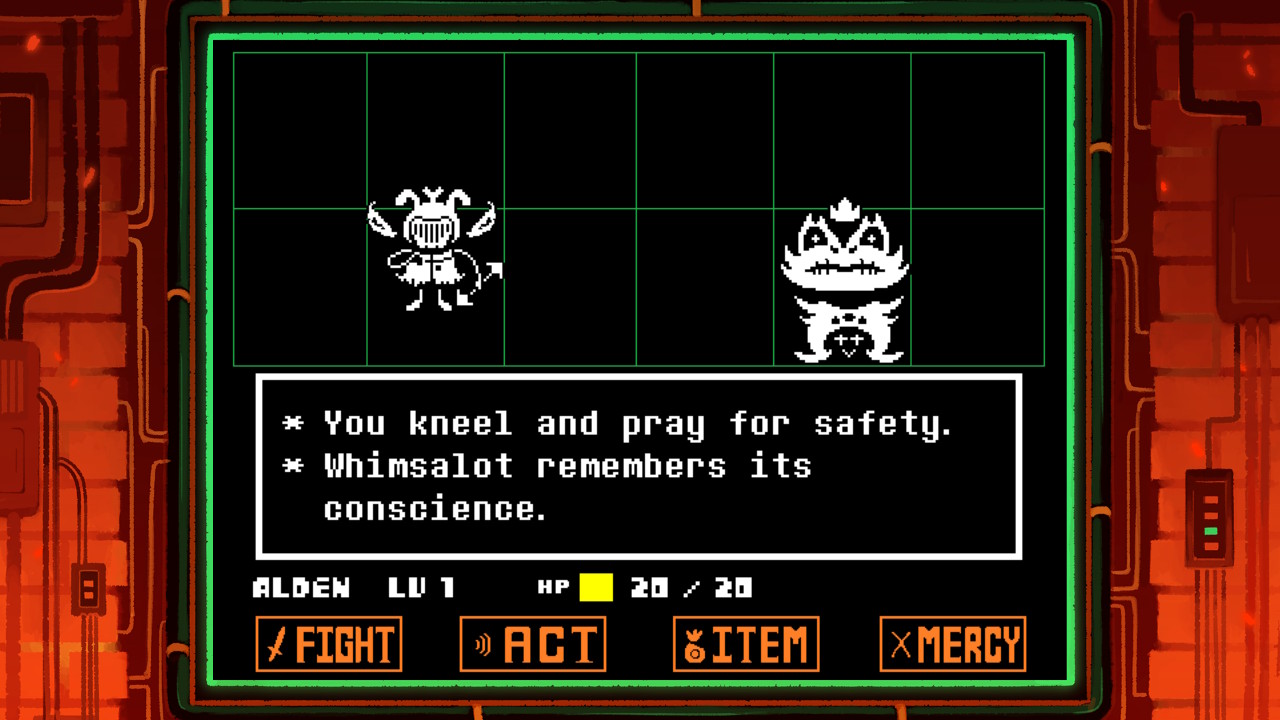
Unfortunately, there is a bit of a downside to this route. While you’re otherwise sticking to morally positive or neutral actions and having a positive impact on those you interact with, you are required to help foster same-sex relationships between characters to complete this route. It actually draws light to an issue with this sort of game – that not every player may agree on the morality of certain actions. So while I’m sure much of the secular world has no problem with this section, for a Catholic it turns part of the game sour as I’m now doing what the game requires rather than what I know would be right, seriously breaking immersion.
Definitely a bit of a bummer on an otherwise very enjoyable route. Nevertheless, I’d say this was the most interesting path overall and it ended in a spectacular fashion.
Genocide Route
Again, you would want to look up the requirements for this. It’s the toughest to take, both emotionally and physically. You must fight all the monsters you encounter until there are none left, becoming shamed and feared by all. Although most enemies will be easier to bypass with all the EXP, there are two fights exclusive to this route that are WAY harder than any others. Reasons such as these are why I recommend you tackle this one last, and ensure you are mentally prepared to feel like a monster.
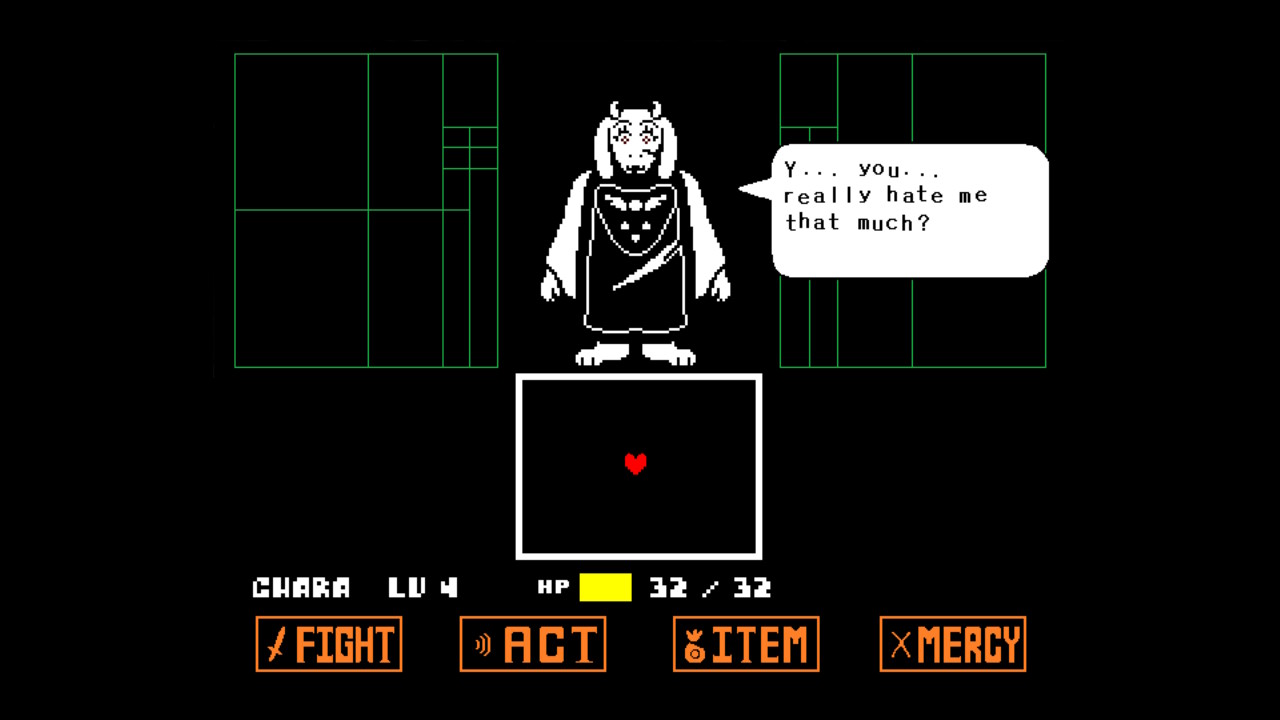
As I was playing through, I had a bad feeling that crept up right at the beginning and lasted the whole time. In an effort to combat this, I naturally tried to focus less on the characters and more on the combat. I see now that it’s exactly the sort of thing we do in real life when we know we’re doing something wrong – forget about the people and focus on the twisted fun. Toby really did a good job setting things up in a way that makes you reflect on your instincts.
Nevertheless, I’m glad I played through this rote, and the final fight in particular was one of my favorite moments. It was an absolute blast and I never found myself having a bad time even when I was dying over and over.
By the way, the story ends in a quite unsettling manner with this route – the average adult will be fine, but I can imagine being pretty disturbed playing as a kid. Oh, and just know that if you go through with this route even once, future playthroughs won’t end quite the same. You have been warned.
Faith Perspective
One of the recurring themes in Undertale is the difficulty of doing good. When encountering enemies, it is always easier to FIGHT than ACT, as the latter will take significantly more turns leaving you susceptible to greater damage. Offering mercy is challenging, and just like real life, you often have to work with someone before they will accept it. The game is not just telling you to avoid killing monsters but to reach out to them – to bring about a change of mind.
Believe it or not, this actually is similar to one of the things Jesus accomplished through His crucifixion. It’s often asked by Christians and Atheists alike why Christ had to be crucified for us to obtain forgiveness. Well, the answer is that He didn’t. God allowed His mercy to be brought to us in such a way for our own sake. Jesus’ passion touches the human heart. It makes us stop and wonder why anyone would be willing to endure such a painful experience.
Seeing as having the ability to instantly spare every monster you encounter would remove the building of relationships in Undertale (and make it much less interesting), it’s fair to assume that fewer people would be intrigued by Christianity if God had brought us mercy through a prophet’s sermon or something else more “typical”. Our Lord knew that a serious effort would be needed to reach as many people as possible – and He was more than willing to go the extra mile. We must do similarly if we wish to have an impact.
Undertale as a Gift to The Pope
It only makes sense for me to discuss this – if you weren’t aware, the YouTuber “MatPat” from The Game Theorists channel made headlines back in 2016 for gifting Pope Francis a steam key of Undertale. According to Mat, he was invited as part of an initiative by Rome to better understand how the internet brings people together, and was instructed to provide a gift representative of his culture. His strange choice sparked some controversy over its appropriateness as a gift to the Holy Father. But what’s my personal take?
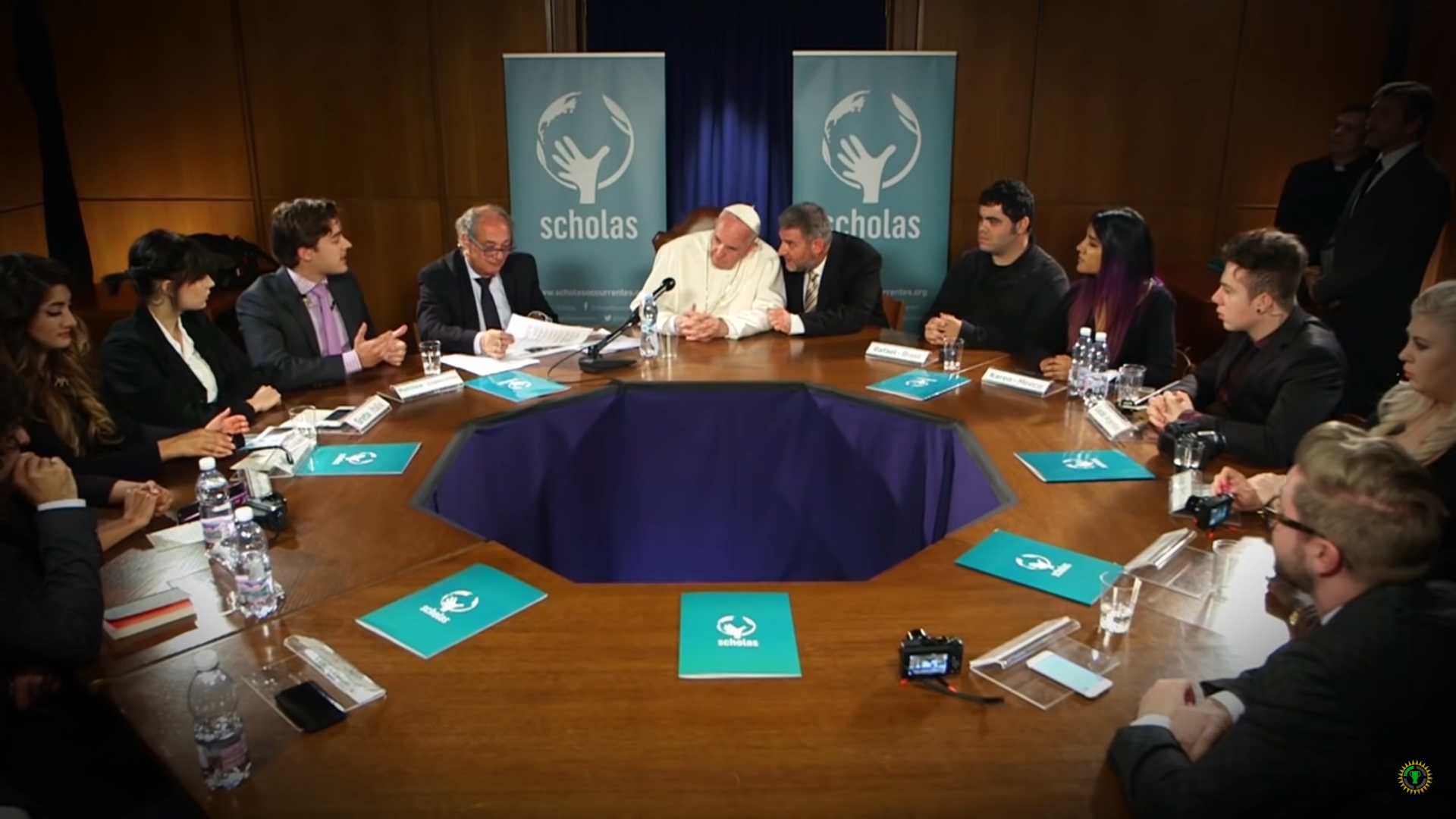
From: “Game Theory: Why I gave the Pope UNDERTALE!”
Well, I certainly can’t say there aren’t reasons to be concerned. Undertale does contain some content that would obviously be problematic with Christians – such as its supportive inclusion of same-sex dating – but MatPat didn’t seem to have this in mind when he came up with the gift. He specified that his intentions were to educate the world about the good works of gamers (crowd-funding a game that emphasized mercy over violence) and to coincide with the Church’s then-ongoing “year of mercy” (again, relating to Undertale’s focus on mercy). It’s also important to note that it was meant as a symbolic gift, which I imagine is the case for most things Pope Francis gets.
In this context, I don’t find myself very upset. I think the given reasons are quite commendable, and it’s only right to assume that Mat was being genuine (especially since there’s little evidence to suggest otherwise). Now yes, if I had to choose one game to give to the Pope, I’d probably go for something with less concerning content. But, especially seeing as it was never expected that Pope Francis would actually play the game, I’d say it was an alright choice.
Conclusion
Despite some avoidable flaws, I enjoyed my time with Undertale and understand why it has received so much attention. It did everything it needed to and more to stand out and I think I’ll look back on it fondly. I don’t think I’d recommend it to many children considering its content, but certain older folk might have a lot to get out of this game. Oh, and everyone should listen to the soundtrack.
Scoring: 86%
Gameplay: 4/5
Story: 4/5
Music: 5/5
Morality/Parental Warnings
Sex/Nudity: You can flirt with and date several characters, and there are multiple instances of same-sex relationships (two of which you must foster/partake in to complete a pacifist route) and a same-sex kiss. Additionally, there are several sexual references and jokes made throughout different routes.
Violence: Monsters will attack you with a variety of weapons, and many are thirsty for violence, one of them wanting to “tear you to bloody pieces”. The neutral route features a boss that looks like it would come straight out of a horror game. The Genocide route has you, well, committing Genocide, and you’ll see the protagonist begin having violent thoughts as you murder innocent creatures. One monster will tell you that you ought to be “burning in Hell”. This is also the only route to graphically feature blood.
Magic/Occult: Some enemies use magic attacks. There is an instance of a creature absorbing human souls with the intent to “become god”. Reincarnation and experiments on the dying are present. Depending on what you do, you may have the option to “give your soul” to an evil being.
Language: Some of the lighter cuss words are used, and God’s name is used in vain often.
